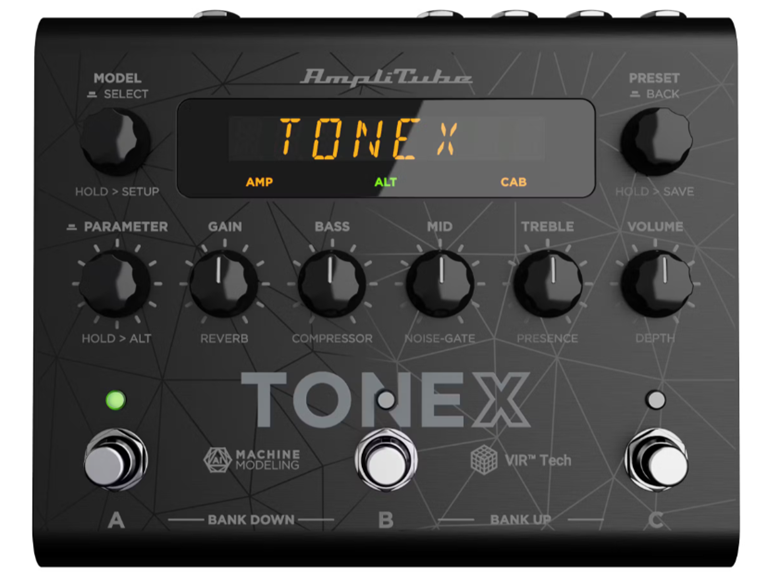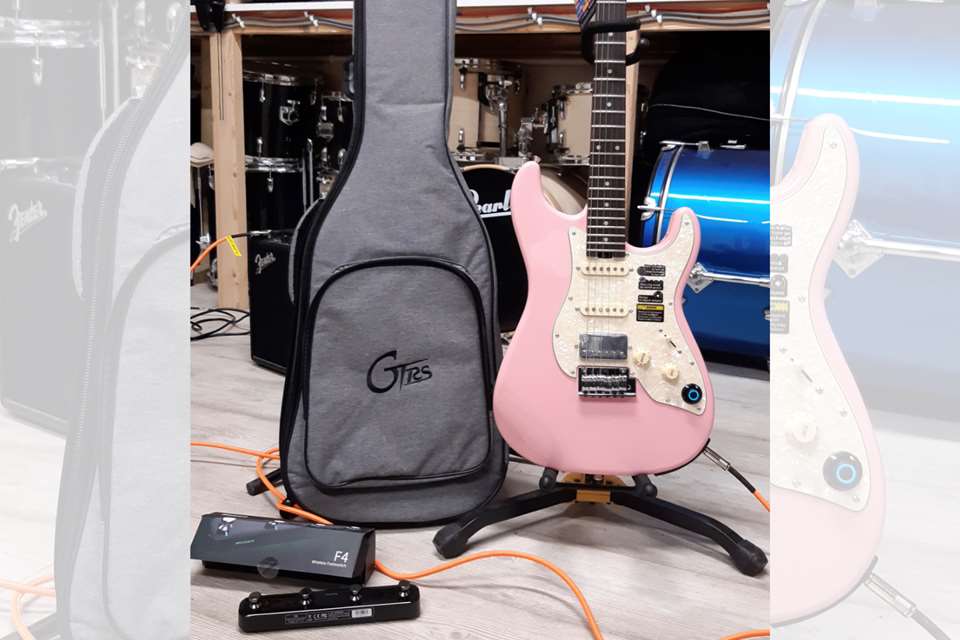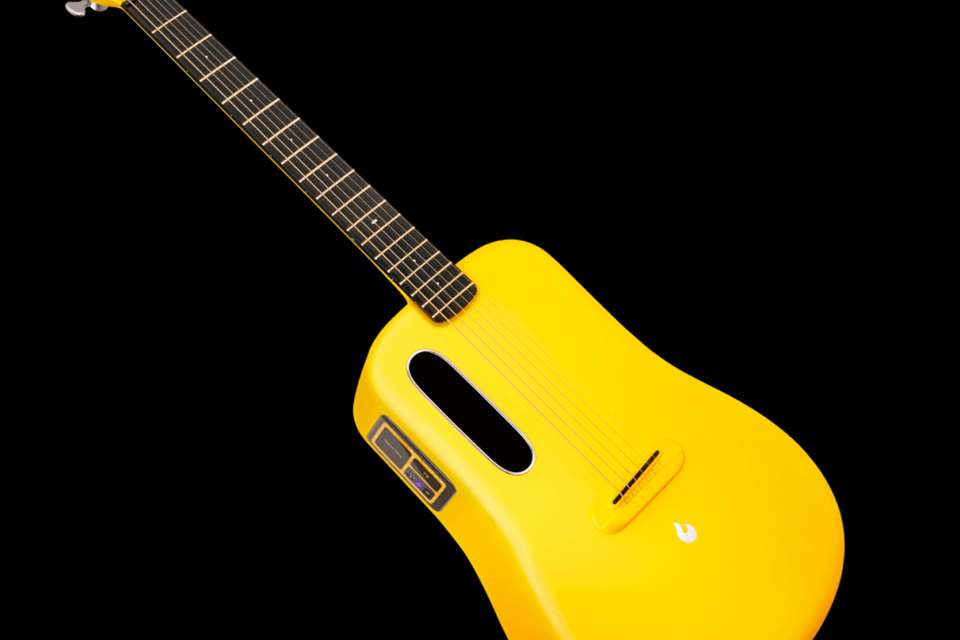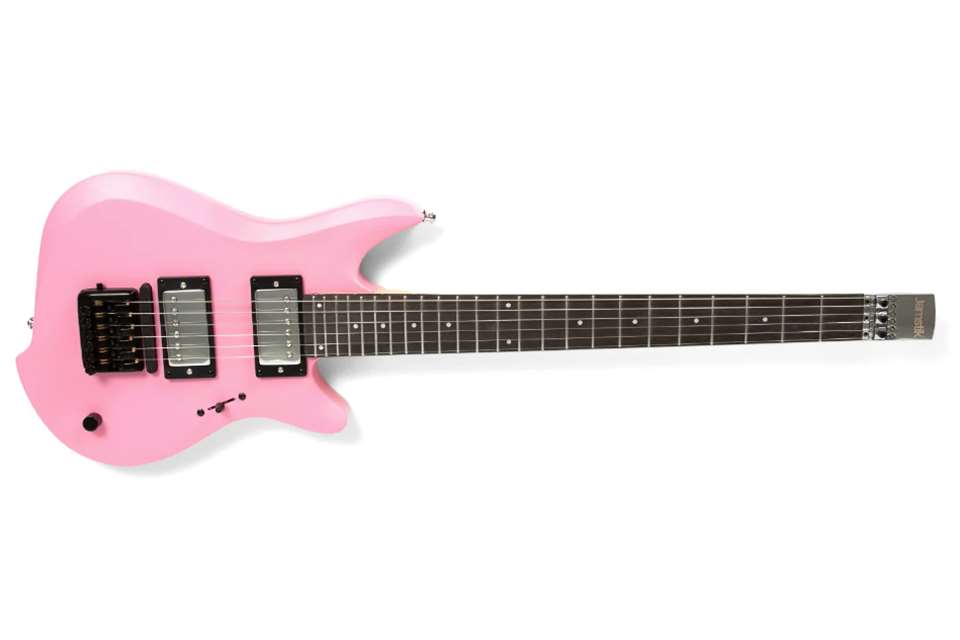Review: IK Multimedia AmpliTube TONEX Pedal
Al Summers
Friday, March 1, 2024
Al Summers road tests the multifaceted pedal for guitar or bass guitar.

As an admirer of IK Multimedia's equipment, I found the quality of this sturdy Italian-made pedal unsurprising. It feels like a serious piece of kit. Part of the TONEX family (encompassing software and hardware such as the TONEX Capture, a unit enabling the modelling of amps), this pedal possesses 150 customisable presets arranged in 50 banks. Available online, the indexed manual is laid out like a traditional paper manual, with its first 35 pages in English.
Suitable for guitar or bass guitar, the pedal can be connected as part of a pedal board, to a guitar amp (on its own), into a PA via a DI unit, or direct to a powered cab. Headphone connectivity is also provided, and it can function as an interface for recording or for managing presets via Mac or PC using a USB port. TONEX and AmpliTube 5 are received upon registration along with other softwares, including Librarian, which manages and transfers presets between computer and pedal.
A jack input plus the usual left (mono) and right outputs, a headphone socket, MIDI in/out ports and a jack input for a single or double switch or expression pedal are all found at the back of the unit. The power is 9-volt DC – negative tip polarity.
What we see looking down on the pedal is a central display identifying presets, edits and tone model types. Controls include a model encoder for changes to amp and cab models, giving access to global and preset setups and a preset encoder allowing the browsing of presets. To edit ‘advanced’ parameters, a third encoder knob heads up a line of specific control options for gain, reverb, EQ, compression and volume. A lock mode for these avoids accidental parameter changes while using the three footswitches. Similarly practical, a trim level can (re) set the dB to suit pickup outputs and/or playing styles.
I had already experienced the TONEX during online lessons as a diploma student, and found it quick and easy to deliver usable sounds.
Immediately before Christmas, my rehearsals for holiday events presented ideal opportunities to explore the TONEX in time-pressured environments. Via my DV Mark Jazz head and Zilla speaker cabinet (with an excellent clean sound, ideal for pedal-testing), it was immediately clean-sounding and usable. The presets can be quite subtle – toggling between them, colleagues couldn't always hear much variation. Many were pleasing, with some specialised for particular iconic sounds. Some ‘gainy’ settings had a wide sweep, and high-gain presets seemed too similar at times. Such subtlety, handy in a studio, can be lost when playing live, especially in bigger ensembles where the guitar is a lesser element (than in a power trio). Flexibility depends on how many different sounds are desired. The TONEX operates very quietly with no discernible unwanted noise. On some settings the noise gate cut in too soon, for my taste, but this can be edited or turned off.
Next, I travelled with no amplifier, using TONEX via a small PA. It performed similarly, meaning it can be a gig-saver, taken as a spare, or simply helpful in avoiding heavy gear! Ideal for session work, TONEX is all you'd need. Having just three presets per the large quantity of banks, navigation can take time. Editing TONEX can provide three favourites in a single bank or more in a series of tight banks. Otherwise, while finding suitable presets between numbers (if no segue) may be possible, switching from chord playing to a solo during a song could be tricky. The solution: reassign favoured presets.
I was interested to hear reactions to the pedal from a pick-playing colleague, as he's passionate about tone and I play with finger technique. He said: ‘The basic clean sounds are good and quite true. I'm not keen on the overdriven patches, and think the really heavy patches are far too much’. This last comment was mirrored by other musicians who felt that, at the extremes, the TONEX presets would disappear in a live setting and were too mushy, however good in the studio. He continued: ‘I don't think it's easy to use but is good for the money. My Kemper is easier (but, of course, pricey) and, I think, more refined.’
The colleague who loaned his TONEX for this review uses hybrid techniques in different contexts. Electronics and IT are his profession, so I quizzed him on one puzzling aspect. ‘I have to agree that the user interface is a bit clunky’, he said. ‘For a simple-use case of working with the built-in presets and just learning how to globally disable the cab, then it can work fine. For more complex uses, I find myself consulting YouTube a lot.’
Price: c. £350
ikmultimedia.com/products/tonexpedal






